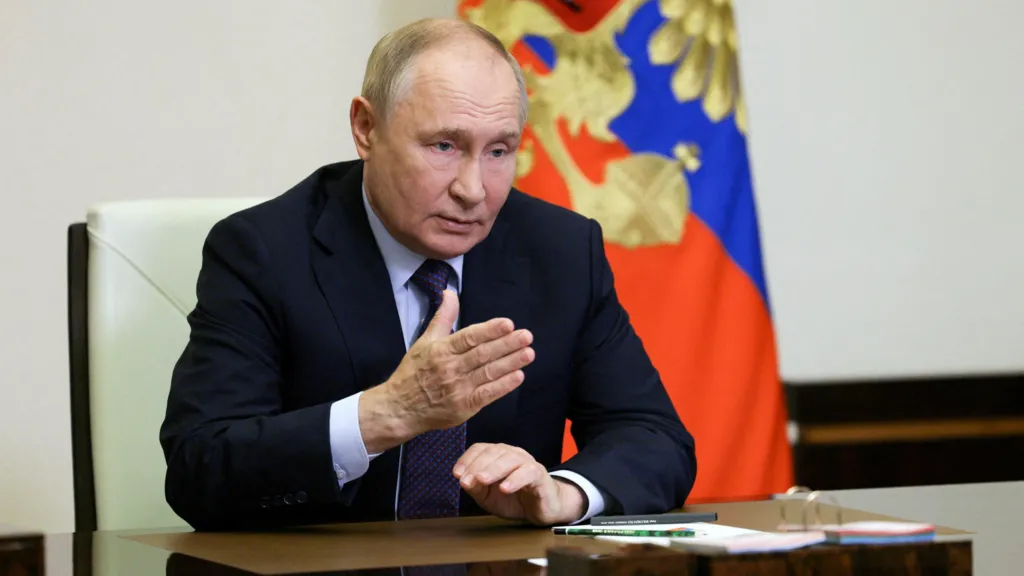Putin isn’t messing around when it comes to long-range missiles. He’s put out a stark warning to the West: if Ukraine uses these missiles to strike Russian territory, NATO will have officially crossed the line into direct conflict with Russia.
He’s saying this would change the nature of the war in Ukraine. Why? Because, according to him, Ukraine can’t use these missiles effectively without help from NATO countries, specifically with targeting data and missile programming. In short, he’s pointing fingers at NATO, accusing them of being more involved than they claim to be.
“We Will Respond”
While Putin is clear about what he doesn’t want, he’s been a bit vague on how Russia would respond if his warning is ignored. He’s keeping his cards close to his chest, but in a recent meeting, he hinted at two possibilities:
- Improved Air Defense: He said Russia would boost its air defenses to knock down incoming missiles.
- Tit-for-Tat: He suggested that if Western nations help Ukraine target Russia, Moscow might start supplying weapons to anti-Western countries, enabling them to target “sensitive” Western sites abroad.
Essentially, he’s reminding the West that two can play at this game.
Will the West Push Back?
So, what’s the West’s move? It’s still up in the air. There’s been talk, especially in the US and UK, about giving Ukraine long-range weapons. These would let Ukraine hit Russian military targets deep inside their borders, but that’s risky.
Ukraine’s allies have to weigh the benefits of helping Kyiv with the potential backlash. Putin’s nuclear saber-rattling isn’t new, but his latest threat comes at a time when things are already tense. Plus, Putin’s been framing this as Russia vs. the West since day one, even though it’s Russia that started the war by invading Ukraine.
Why Does This Matter Now?
Russia is feeling the heat. Ukraine’s getting stronger with Western weapons and training, pushing back hard in areas like Crimea. Moscow’s looking for ways to defend itself, and it’s clear Putin sees these missile systems as a game-changer. If the West gives Ukraine the green light to use long-range missiles, it could push the conflict into a dangerous new phase.
But it’s not just about military strategy. There’s a political angle too. By drawing this red line, Putin is trying to paint NATO as an aggressor and rally domestic support. At home, he can point to this as evidence that Russia is being “attacked” by the West, even though the world knows it’s Russia that kicked off this war.
What’s Next?
This new red line is Putin’s latest attempt to control the narrative. He’s laid out his threat, but what happens next depends on how the West responds. Does the risk of escalating the conflict outweigh the need to give Ukraine the tools it needs to defend itself?
What’s clear is that the stakes are getting higher, and the decisions made in the coming weeks could define the next phase of this war.

